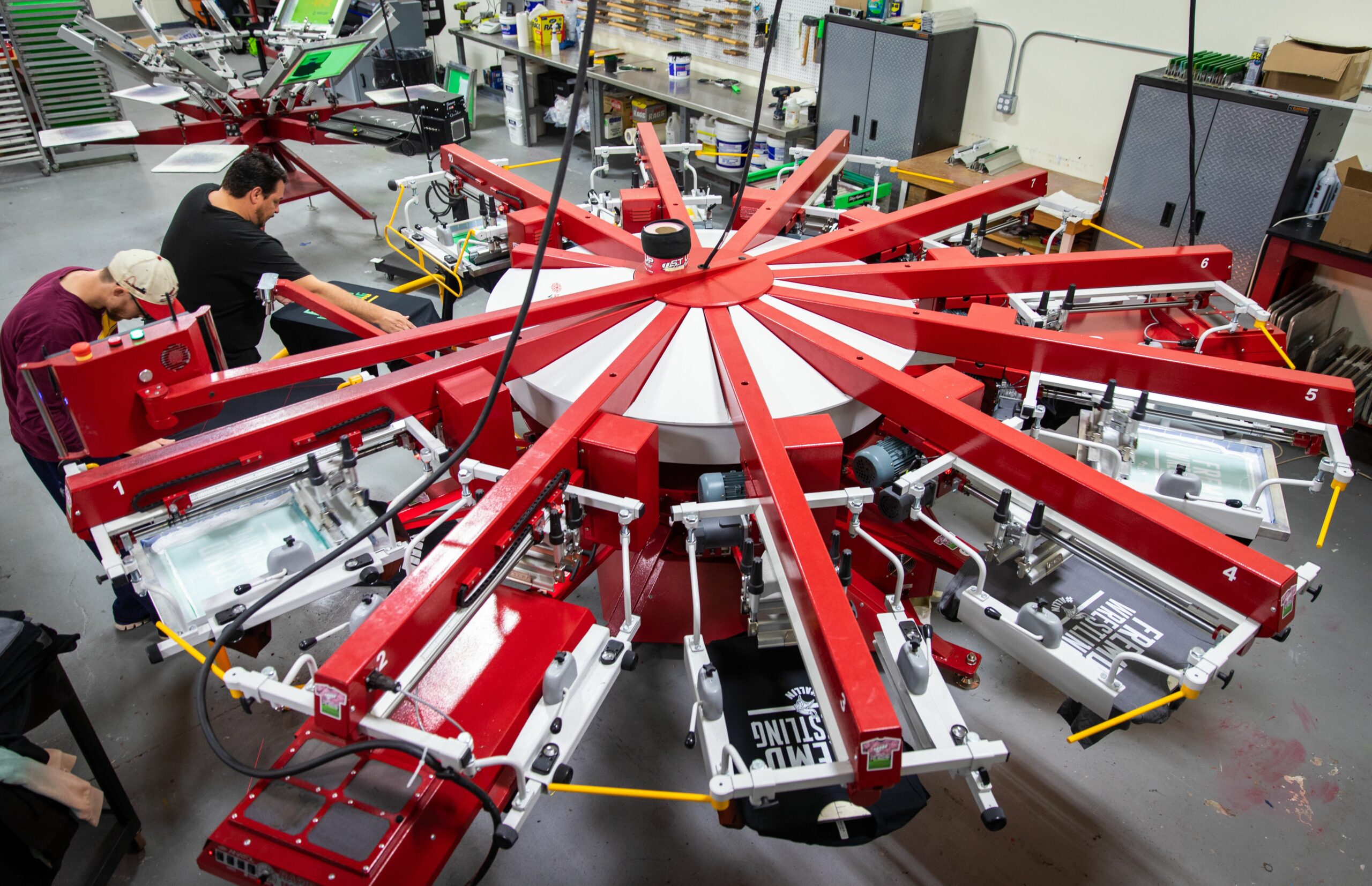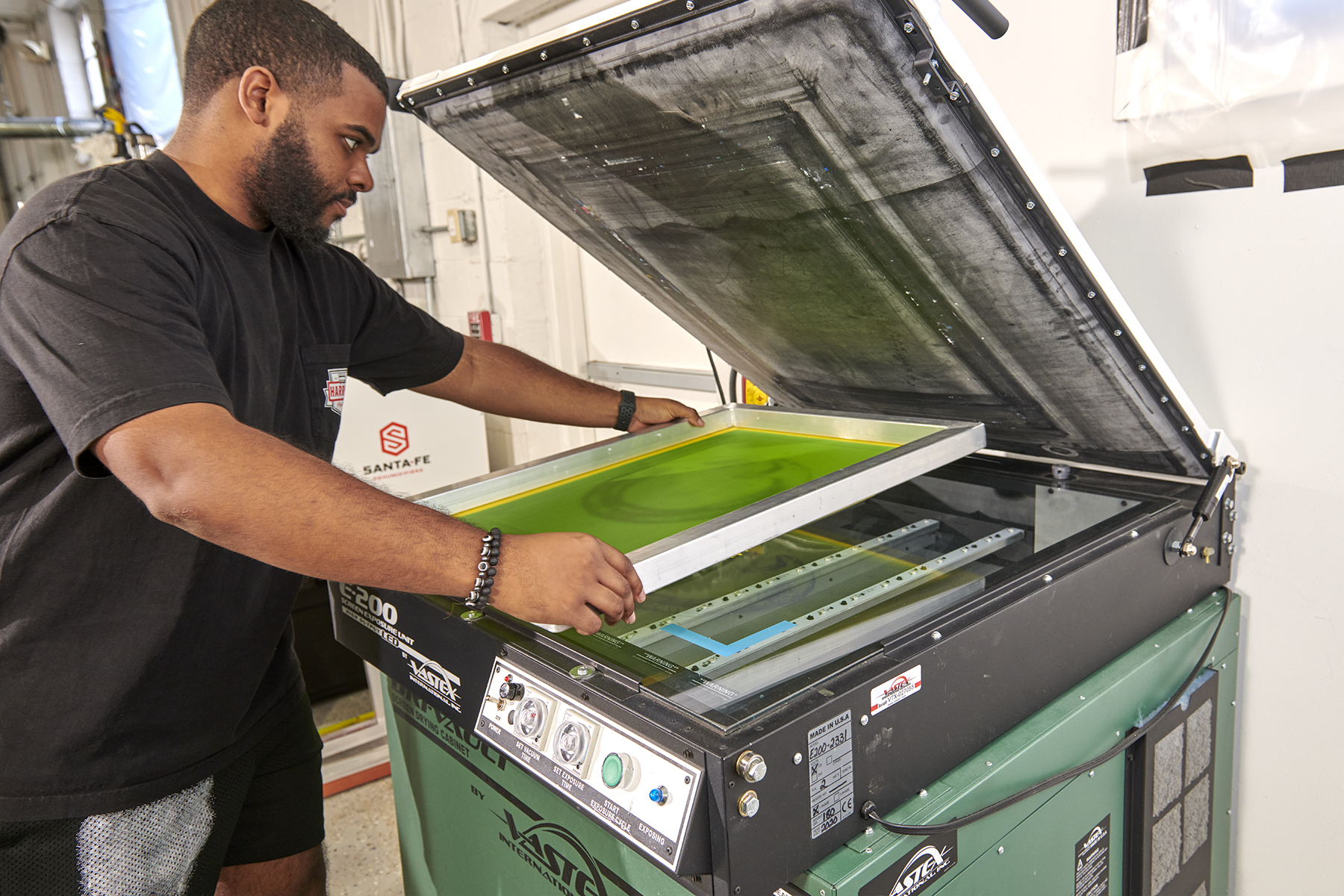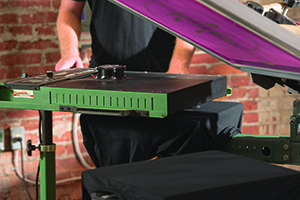April 6, 2015
Have you noticed that more and more products claim to be “green” or “eco-friendly?” Since these claims largely are unregulated, it should come as no surprise that many are unsupported by the facts, misleading and/or flat out incorrect. In our world, we’re often asked why non-PVC products (such as water-based inks) are considered “green” and PVC plastisols aren’t. Is one truly friendlier to the environment than the other? Not necessarily.
Fact or Fiction?
Dr. Patrick Moore, a co-founder of Greenpeace and one of its leaders for 15 years, has been an outspoken critic of false environmental claims, in particular with regard to PVC. Moore left Greenpeace when it shifted away from science-based issues to what he felt were unjustified targets of concern based on beliefs and emotions. That shift has driven much of the unsupported arguments against PVC products, and has helped propagate a lot of the misinformation on what is and what isn’t environment-friendly.
Moore points out that PVC offers many environmental benefits including sustainability, safety and durability. PVC requires less energy and fewer resources to manufacture than old-tech materials, and its production creates virtually no waste. Because of these and other attributes, PVC is now the second largest-selling plastic in the world. PVC pipe accounts for more than 70% of the new buried water distribution pipes being installed in the US and Canada. And PVC/vinyl is an integral component of blood bags and IV tubing used around the world. (To learn more, refer to Moore’s book “Confessions of a Greenpeace Dropout, The Making of a Sensible Environmentalist,” Beatty Street Publishing, 2010)
The Science
PVC plastisols have been and continue to be the inks of choice in North America for good reason. They’re versatile, easy to use, cost efficient and safe. Plastisols don’t dry in the screen because they don’t cure until they are heated. Plastisols are considered 100% solids, and consequently provide virtually a 100% yield.
Water-base inks are plastic compounds largely comprised of plastic binders and solvents. The binder usually is an acrylic or a urethane that is suspended in water and other co-solvents. Water-base inks aren’t as popular as plastisols in North America largely because they’re not as easy to use (drying in the screen), not as efficient (lower yields, waste) and in the case of some high-solids inks, are more expensive.
Claims that water-base inks are more environmentally friendly than plastisols are questionable at best. Both inks rely on plastic resins or binders, pigments, fillers and various chemical additives. Plastisols contain plasticizers that cross-link with the plastic resin. These plasticizers don’t evaporate off but become part of the ink film. Water-base inks, on the other hand, rely on solvents that evaporate off leaving the pigmented binder compounds on the garments. While the primary solvent is water, water base inks often contain co-solvents such as formaldehyde and alcohols. These co-solvents may be harmful and put printers at risk unless they are properly protected from the evaporative fumes.
Footprint?
Plastisols and water-base inks have environmental footprints that are quite different. Water base printing generally requires more energy (to drive off the moisture). At the end of a print day, plastisol can be left on the screen or put back in the bucket for use at another time. Not necessarily so with water-base inks. Water-base printing tends to generate more waste, and that waste quite often is mistakenly poured down the drain.
The common misconception is that water-base inks are benign since they’re largely water. Not so. They are chemical compounds that aside from the harmful co-solvents, contain other chemicals (binders, fillers, additives and pigments). Some of these chemicals are considered hazardous and must be managed as such. Plastisol waste that can’t be reused can often be recycled for other uses or when cured can be disposed as a regular plastic. Water-base binder in some cases may be disposed similarly if all solvents have been evaporated.
The point here is not that plastisol is better than water-base ink. It’s that water base isn’t necessarily better or greener than plastisol. It’s not. Much of how green your shop is comes more from how you manage it — materials, energy and workflow.
So the next time you hear a claim about one product being green or greener than the next, take the time to understand the basis for that assertion.
Steve Kahane is International Coatings’ president and CEO. Prior to joining International Coatings, he held senior executive positions in the environment and engineering fields. For more information or to comment on this article, visit iccink.com or contact International Coatings at icinfo@iccink.com.
March 20, 2024 | Production
As with pretty much any business, one of the keys for apparel and T-shirt decorators running a successful custom screen-printing shop is having the right equipment, first and foremost, the right press, or presses.
FULL STORY
March 15, 2024 | Production
As is the case with flash units and dryers, screen exposure units, computer-to-screen-systems and washout booths are critical to successful screen printing of T-shirts and other apparel
FULL STORY
January 16, 2024 | Production
Go to any industry trade show or visit an actual custom apparel screen-printing shop, and your eyes will naturally be drawn to the press, or presses there. This is true whether the shop in question employs a single manual press or is running multiple autos.
FULL STORY



